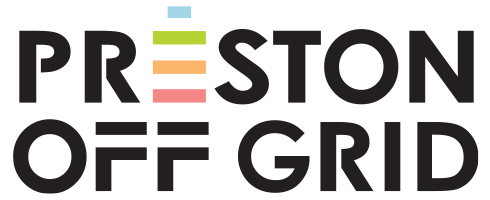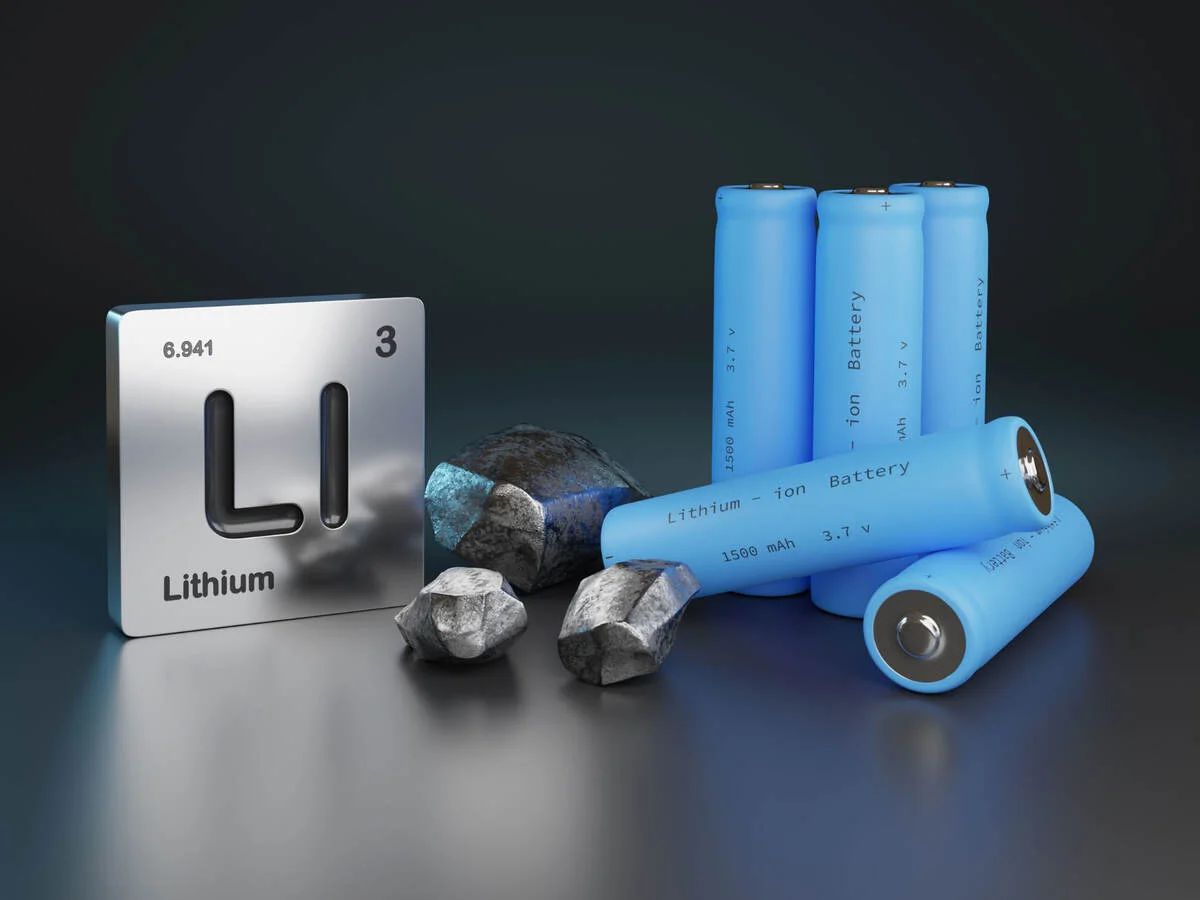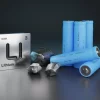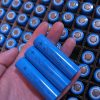Lead acid or lithium batteries – which to choose?
Lead acid and lithium deep cycle storage batteries differ in several key aspects.
Lead acid batteries have been widely used for decades due to their lower cost and proven reliability. On the other hand, lithium deep cycle storage batteries offer higher energy density, longer lifespan, and faster charging capabilities. Careful consideration of factors such as cost, performance, and specific application requirements is crucial in determining which battery chemistry to choose for your needs.
When it comes to choosing between lead acid and lithium deep cycle storage batteries, there are some important differences to consider. Lead acid batteries have been the go-to choice for many years due to their affordability and reliability. In contrast, lithium deep cycle storage batteries offer advantages such as higher energy density, longer lifespan, and faster charging. Ultimately, the decision of which battery chemistry to opt for depends on factors like cost, performance, and the specific requirements of your application.
Some common types of lead acid batteries include AGM and Gel varieties.
AGM SLA batteries, or Absorbent Glass Mat Sealed Lead Acid batteries, are a type of lead acid battery that has some distinct characteristics. They use a fiberglass mat to hold the electrolyte, which makes them spill-proof and maintenance-free. AGM batteries are known for their high power output and ability to handle high discharge rates. They also have a low self-discharge rate and can tolerate a wide range of temperatures. AGM SLA batteries are commonly used in applications such as UPS systems, emergency lighting, and electric scooters.
Choosing the best lithium battery for your solar setup is crucial for maximizing efficiency and ensuring long-term reliability. Here are 10 key factors to consider when selecting a lithium battery for your solar product:
1. Lithium Batteries or Acid Batteries Capacity (Ah or kWh)
Capacity refers to the total amount of energy a battery can store, measured in amp-hours (Ah) or kilowatt-hours (kWh). When choosing a battery, ensure its capacity aligns with your energy storage needs. If you plan to store more energy for use during the night or on cloudy days, opt for a higher capacity battery.
2. Battery Cycle Life
Cycle life indicates how many charge and discharge cycles a battery can undergo before its capacity significantly degrades. Lithium batteries with a higher cycle life (usually over 5,000 cycles) will last longer, making them more cost-effective over time.
3. Depth of Discharge (DoD)
Depth of Discharge represents how much of the battery’s capacity can be used without harming its lifespan. A battery with a high DoD (around 80-100%) allows you to use more of its capacity before needing to recharge, which is essential for maximizing your energy usage.
4. Round-Trip Efficiency
Round-trip efficiency measures how much energy is retained after charging and discharging. Higher efficiency means less energy is lost during these processes. Look for batteries with a round-trip efficiency of 90% or more to ensure you’re getting the most out of your solar energy.
5. Battery Voltage
The voltage of the battery should be compatible with your solar system’s inverter and other components. Common voltages for lithium batteries in solar systems include 12V, 24V, and 48V. Choosing the correct voltage ensures seamless integration and optimal performance of your system.
6. Temperature Range and Management
Lithium batteries perform best within specific temperature ranges. In Australia’s varied climate, it’s essential to choose a battery with a wide operating temperature range or one that includes thermal management features, such as built-in cooling systems, to maintain performance in extreme temperatures.
7. Safety Features
Lithium batteries should come with safety features like overcharge protection, over-discharge protection, and thermal management to prevent overheating and ensure safe operation. Look for batteries that meet safety standards such as UL or IEC certifications.
8. Manufacturer Reputation
Choose a lithium battery from a reputable manufacturer known for quality and reliability. Brands like LG Chem, Tesla, and BYD are well-regarded in the industry for producing high-performance, durable batteries. A trusted brand often ensures better customer support and warranty services.
9. Warranty
A robust warranty is crucial when investing in a lithium battery. Look for warranties that cover at least 10 years or a specific number of cycles, whichever comes first. A good warranty indicates the manufacturer’s confidence in the battery’s longevity and performance.
10. Scalability
Consider whether the battery system is scalable, meaning you can add more batteries to increase capacity in the future. This flexibility is especially important if you anticipate growing your energy needs over time. Modular battery systems allow you to expand your energy storage without replacing the entire system.
Conclusion
Choosing the best lithium battery for your solar setup involves careful consideration of capacity, cycle life, depth of discharge, efficiency, and safety, among other factors. By focusing on these 10 key areas, you can select a lithium battery that meets your needs, ensuring a reliable and efficient solar energy system that serves you well for years to come
Victron Melbourne Products
Victron Melbourne is a go-to place for anyone serious about harnessing solar power.
Preston Off Grid specialise in Victron Energy products, which are known for their reliability and efficiency, making them a top choice for solar setups. Whether you’re looking to power your home, RV, or boat, they’ve got you covered.
Now, pair that with Lightium batteries, and you’re looking at a pretty solid solar setup. Lightium batteries are high-quality lithium options that store solar energy efficiently, ensuring you have power even when the sun isn’t shining. When you connect these batteries to a Victron system, you’re setting yourself up for an energy-efficient and reliable power solution.
Solar panels, the starting point of any solar power system, are available in various types and capacities. In Melbourne, Victron offers a wide selection that can suit different needs and budgets. Whether you’re going for a small off-grid setup or a full-scale solar power solution, they’ve got the panels and expertise to help you get the most out of your investment.
In summary, Victron Melbourne, combined with Lightium batteries, makes for a powerful combo in the world of solar energy, ensuring you have a reliable, efficient, and sustainable power source
Buying solar panels in Australia is a smart move, especially with the country’s abundant sunshine and increasing electricity costs. If you’re thinking about going solar, here’s what you need to know.
Why Go Solar?
Australia is one of the best places in the world for solar power. With plenty of sunny days, solar panels can generate a significant amount of electricity, helping you slash your energy bills. Plus, there are government incentives and rebates that make the initial investment more affordable.
What to Look For
When buying solar panels in Australia, it’s crucial to consider a few key factors:
- Quality: Not all solar panels are created equal. Look for high-efficiency panels from reputable manufacturers. Panels with a strong warranty (at least 25 years) are a good sign of durability.
- Inverter Compatibility: Your inverter is just as important as the panels themselves. Make sure the panels you choose are compatible with a reliable inverter, as this converts the DC electricity generated by the panels into AC electricity that can be used in your home.
- Installation: Professional installation is key to getting the most out of your solar panels. Opt for an accredited installer who understands local regulations and can ensure your system is set up for maximum efficiency.
- Battery Storage: If you want to use solar power even when the sun isn’t shining, consider adding a battery storage system. This allows you to store excess energy generated during the day and use it at night or during cloudy periods.
Costs and Incentives
The cost of solar panels in Australia has dropped significantly in recent years, making it more affordable than ever. While the upfront cost can vary depending on the size of the system and the quality of the panels, many homeowners find that their investment pays for itself within a few years thanks to reduced energy bills.
Additionally, there are government incentives available, like the Small-scale Renewable Energy Scheme (SRES), which provides financial incentives to reduce the cost of installing solar panels.
Specialising in Victron products
We are your one-stop off-grid power shop specialising in Stand-alone, Remote and portable systems.
Camper vans, Tiny Homes and houseboats, Rural Property, UPS/Backup, Grid Parallel and Hybrid, ESS, Security and surveillance.

















